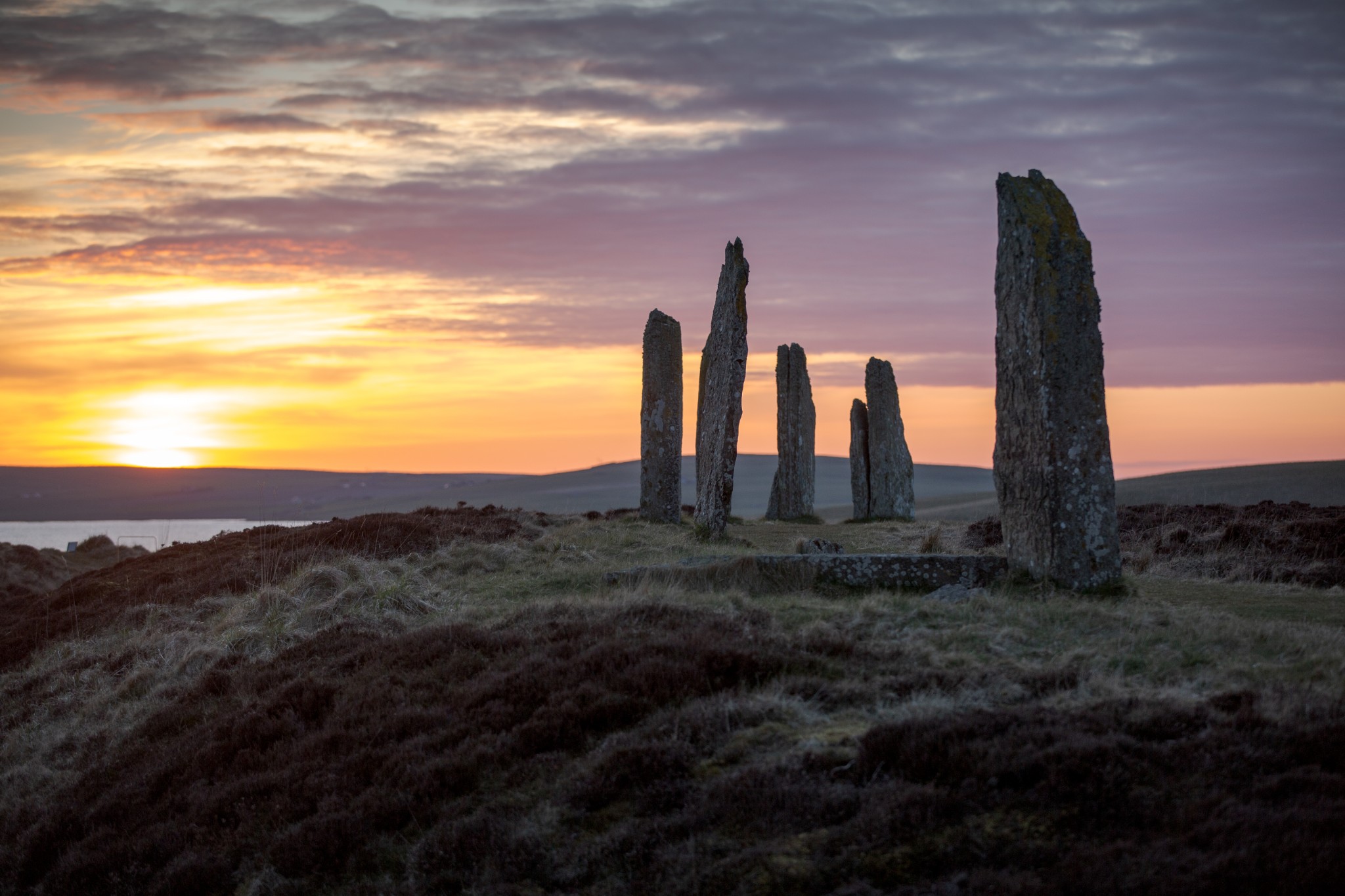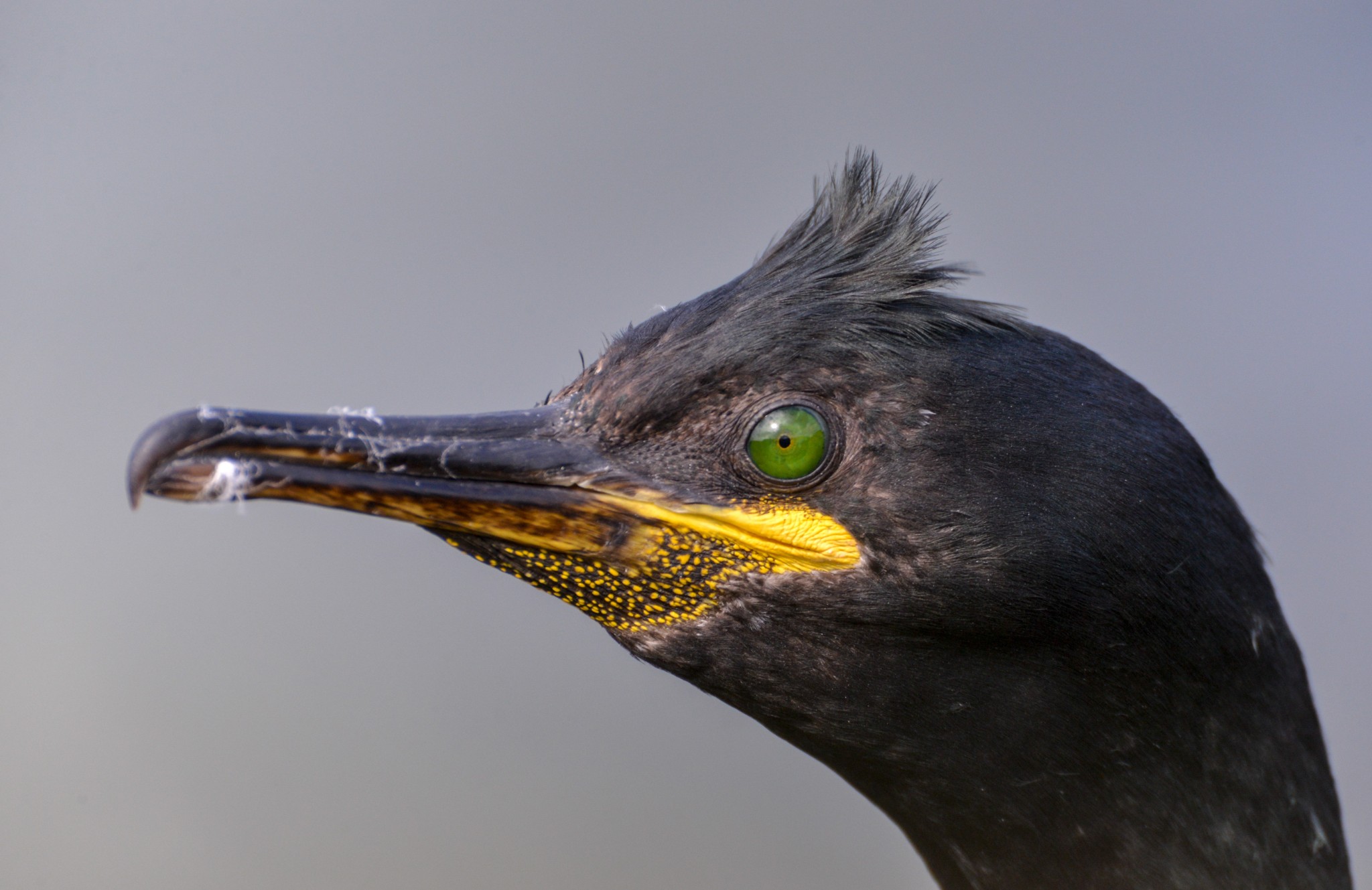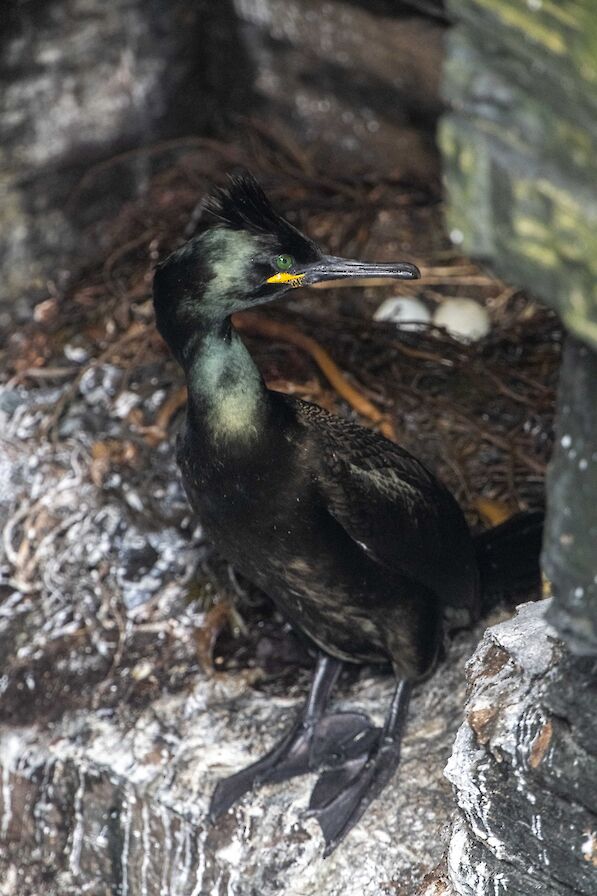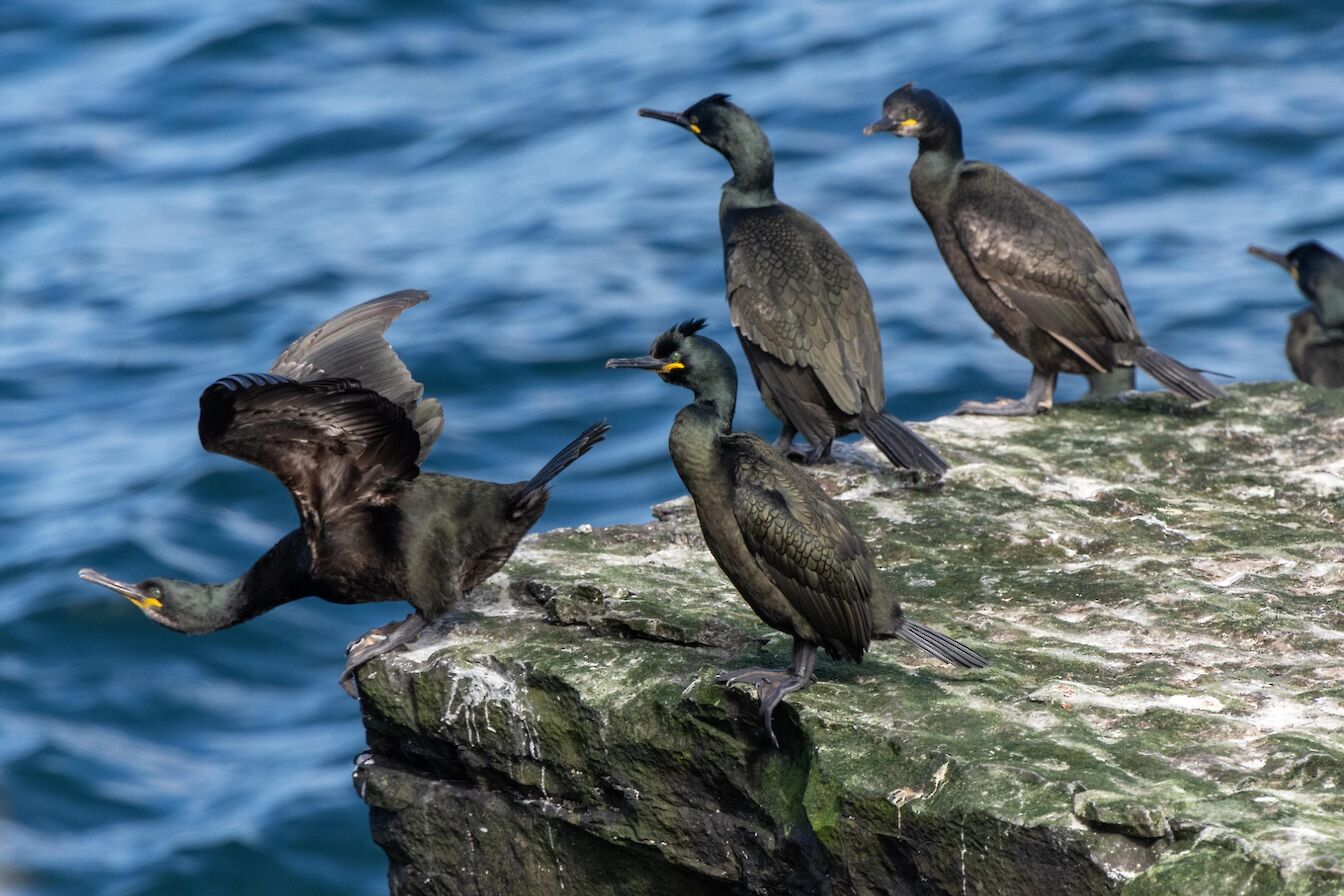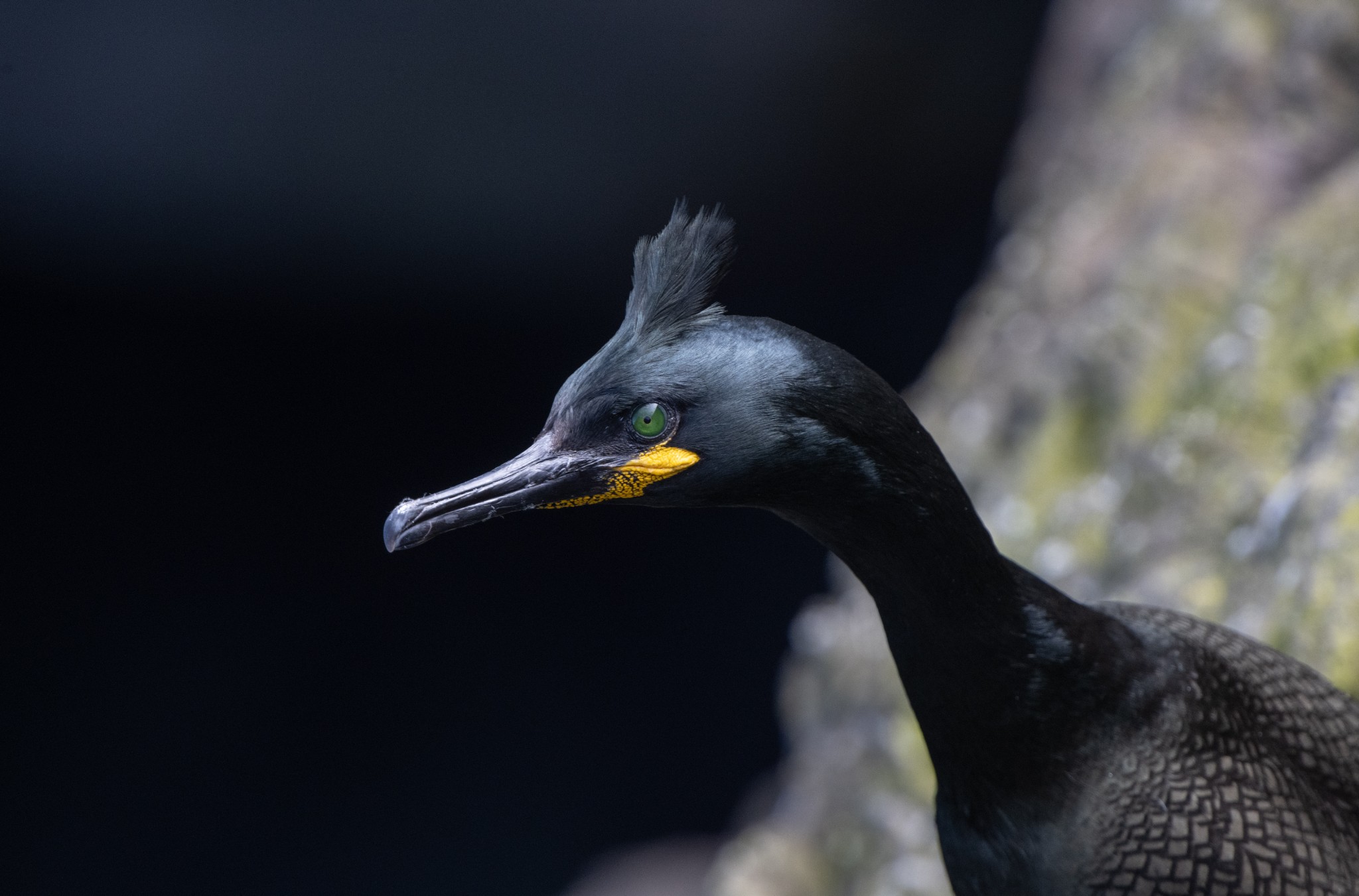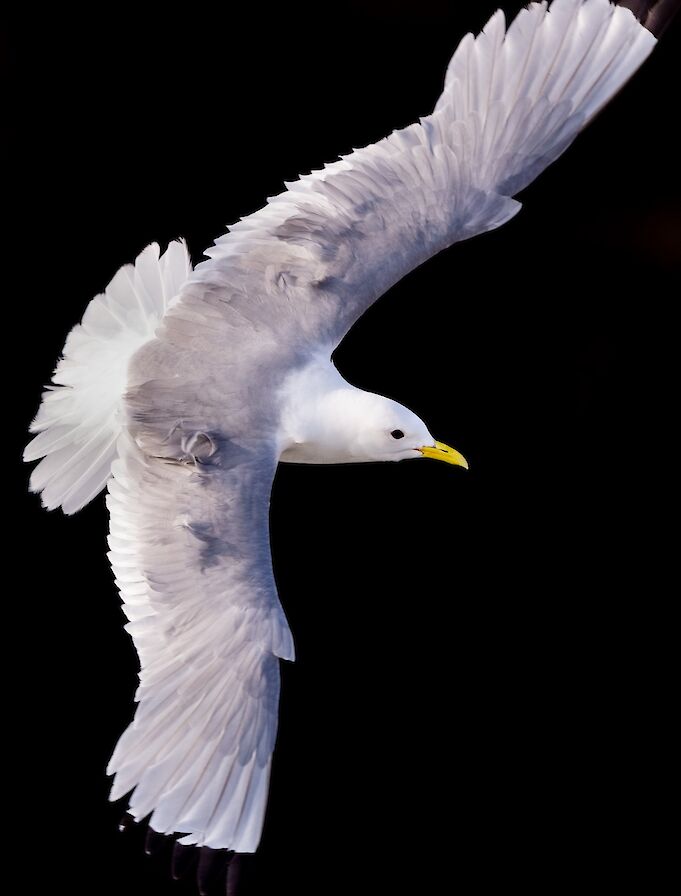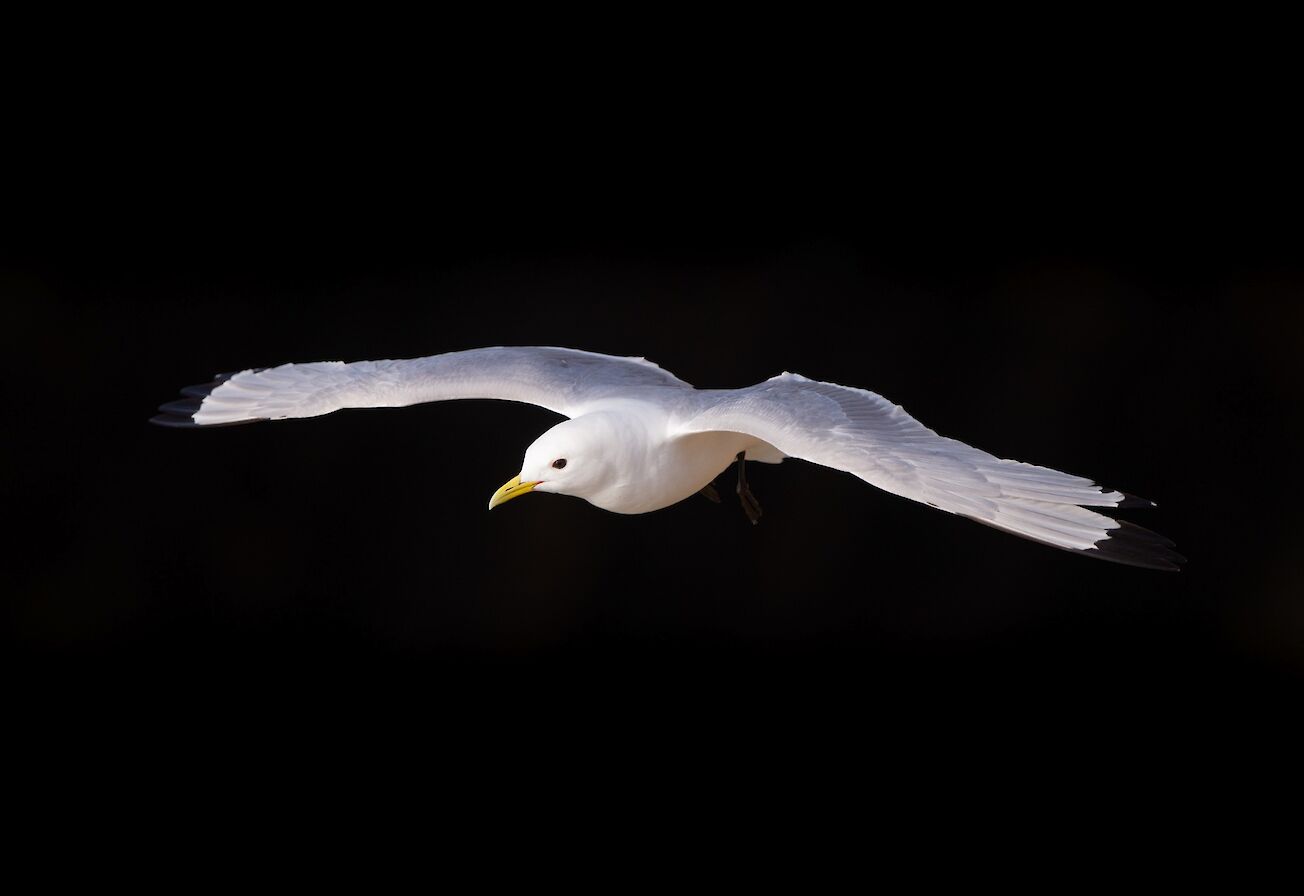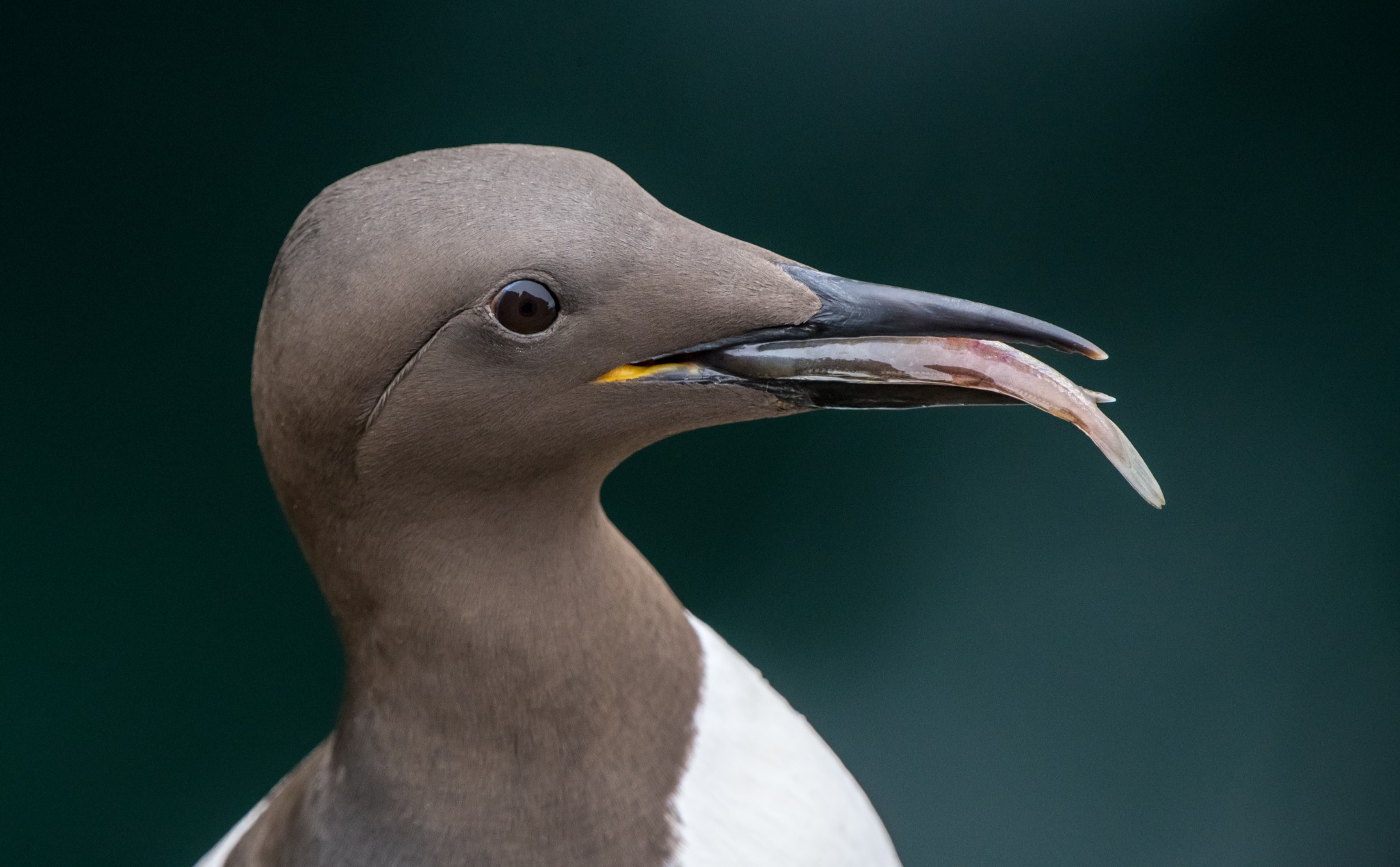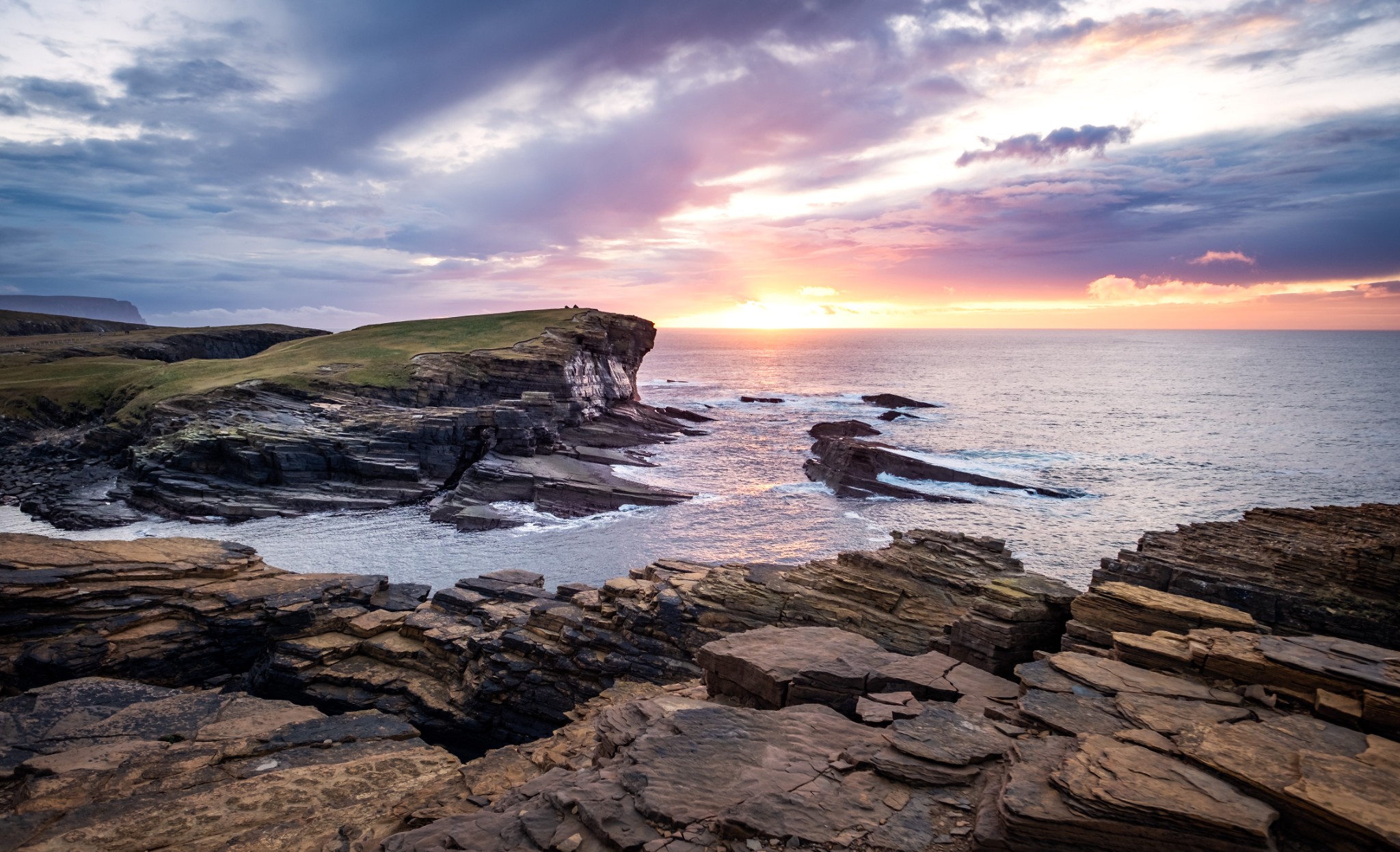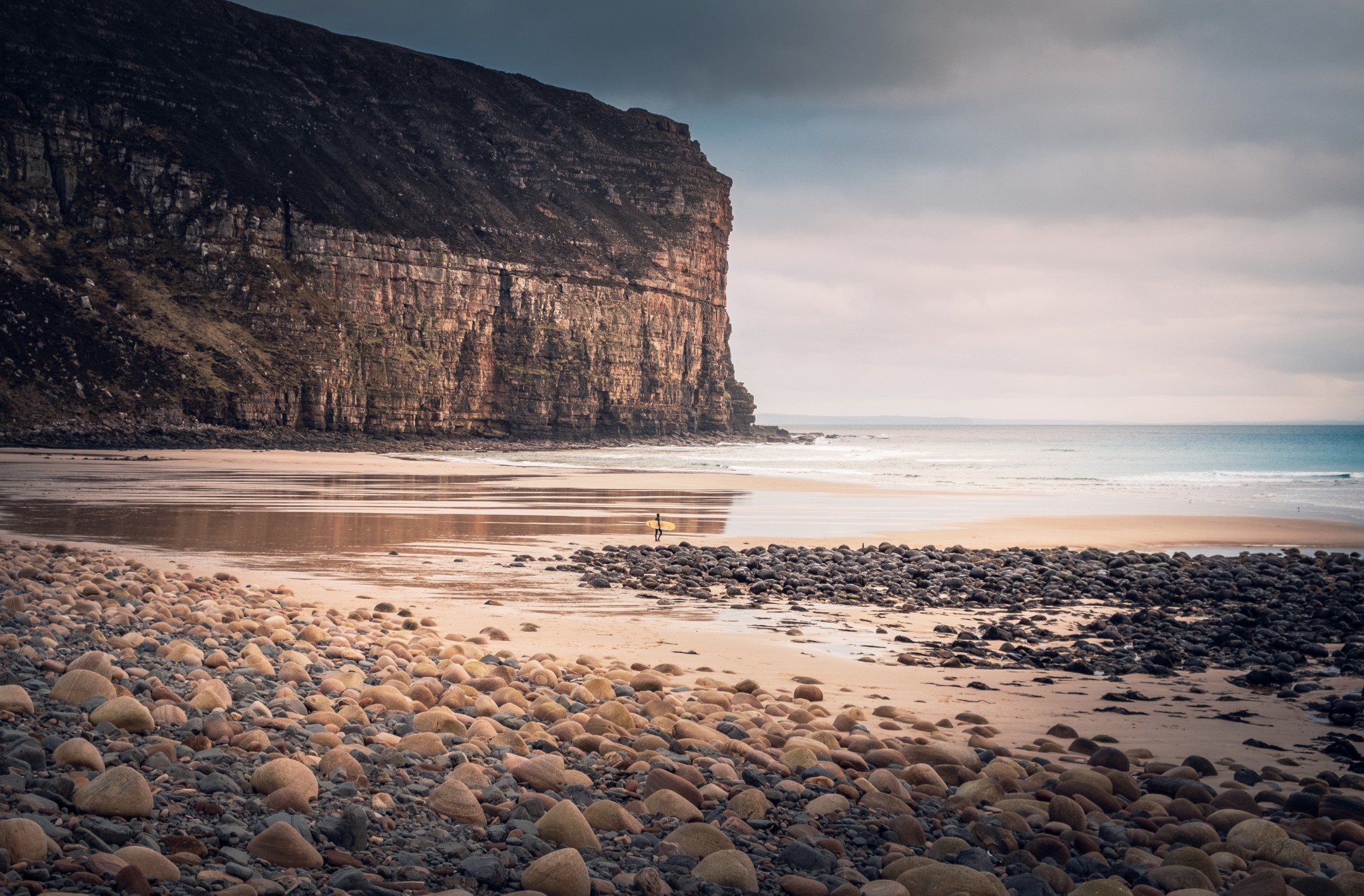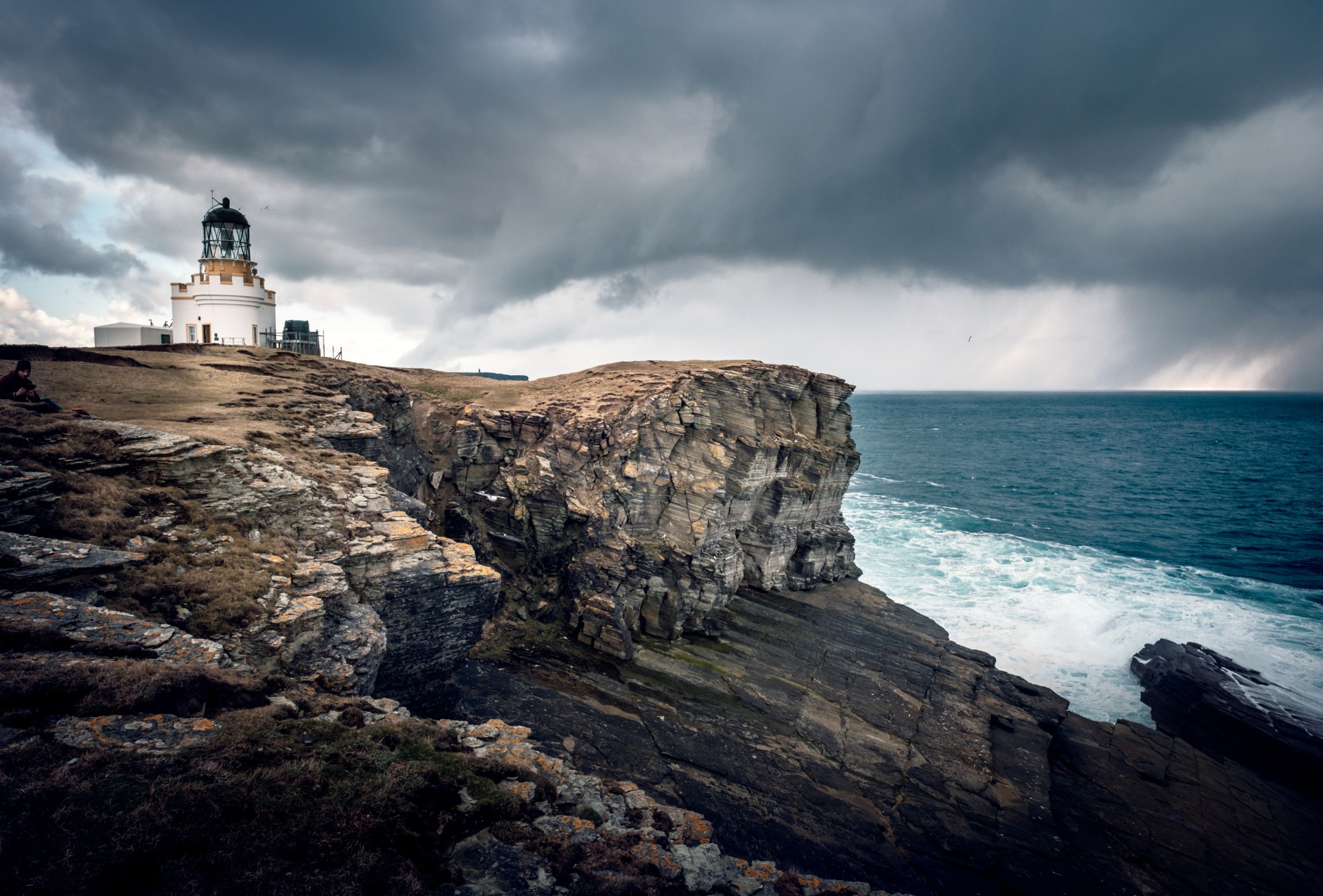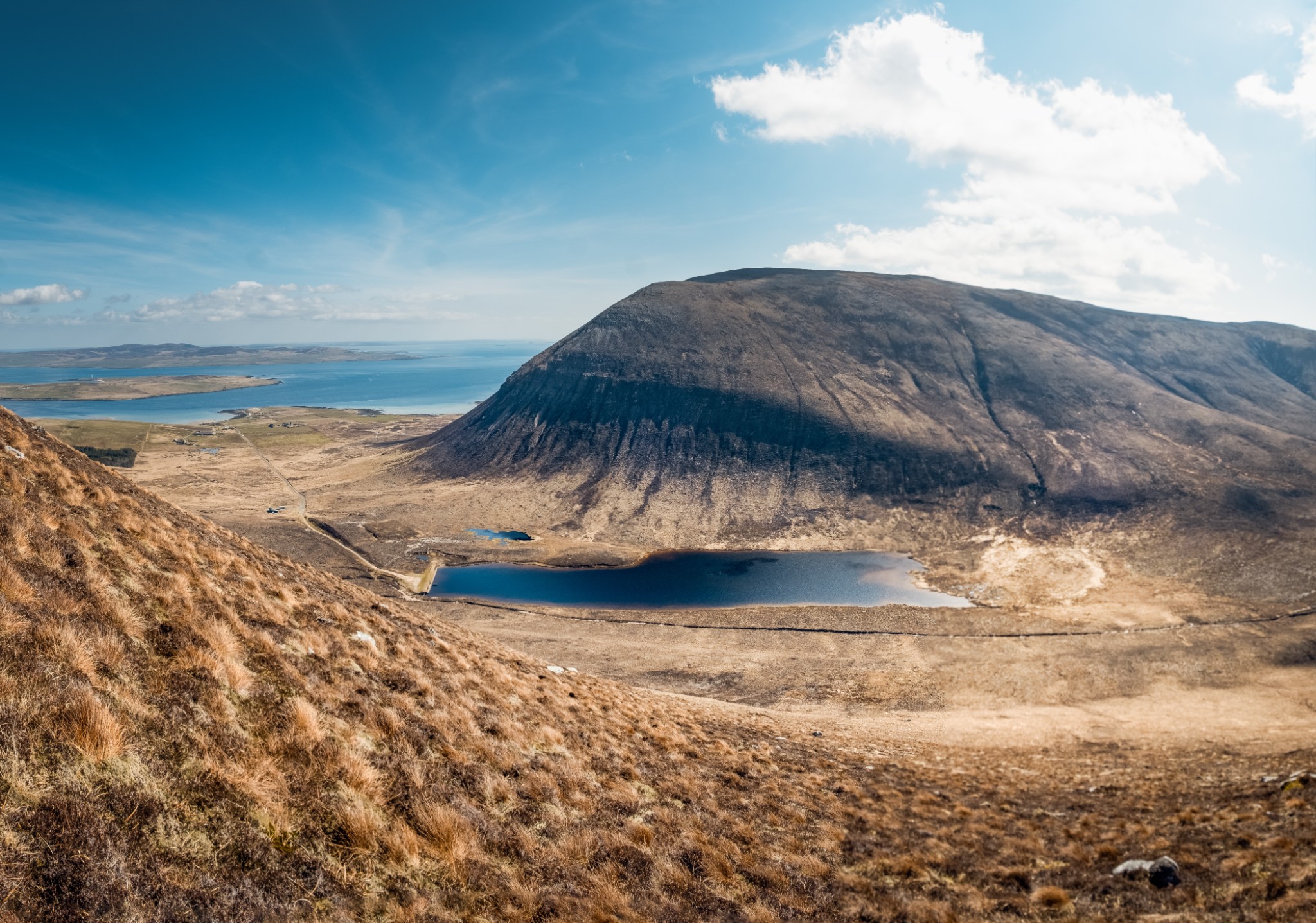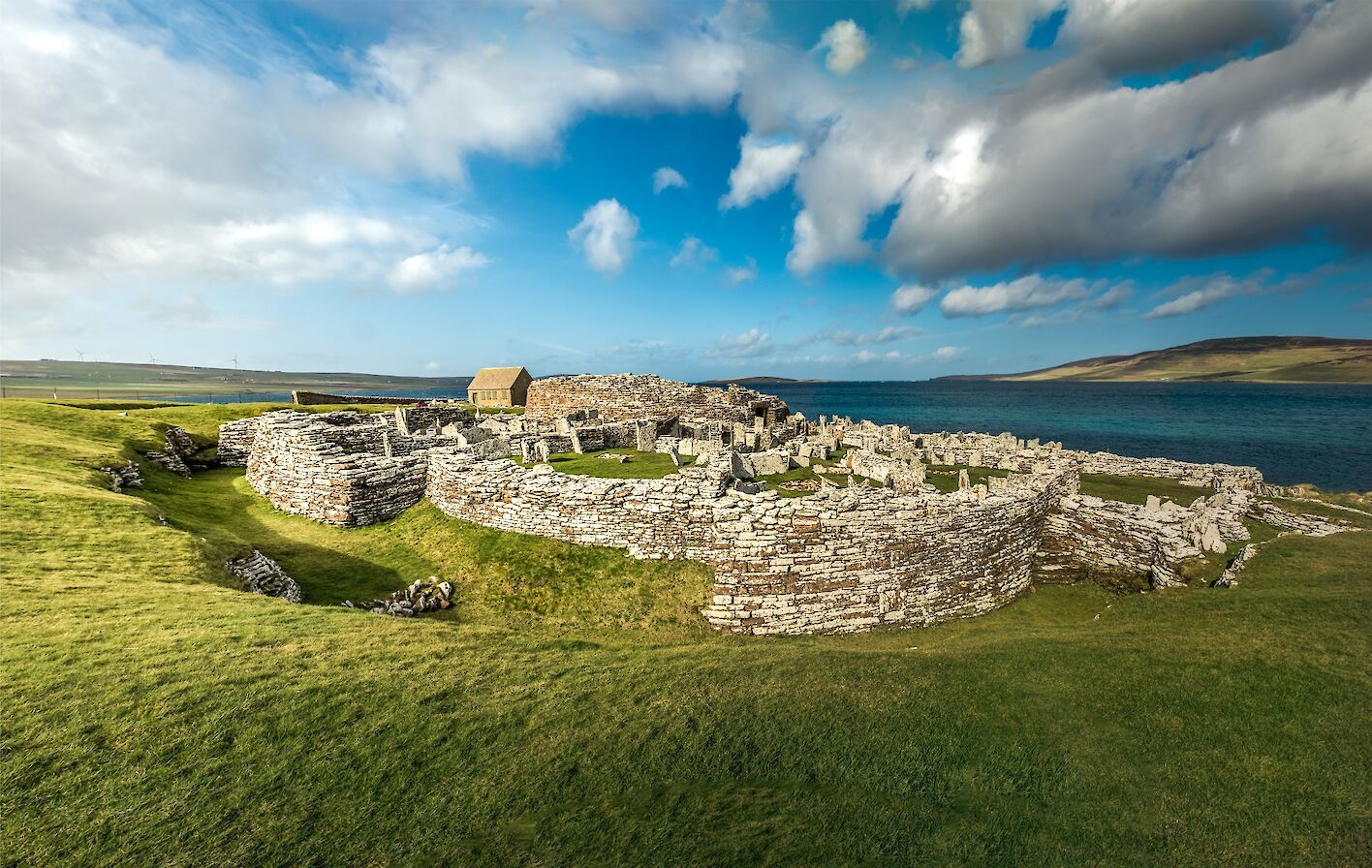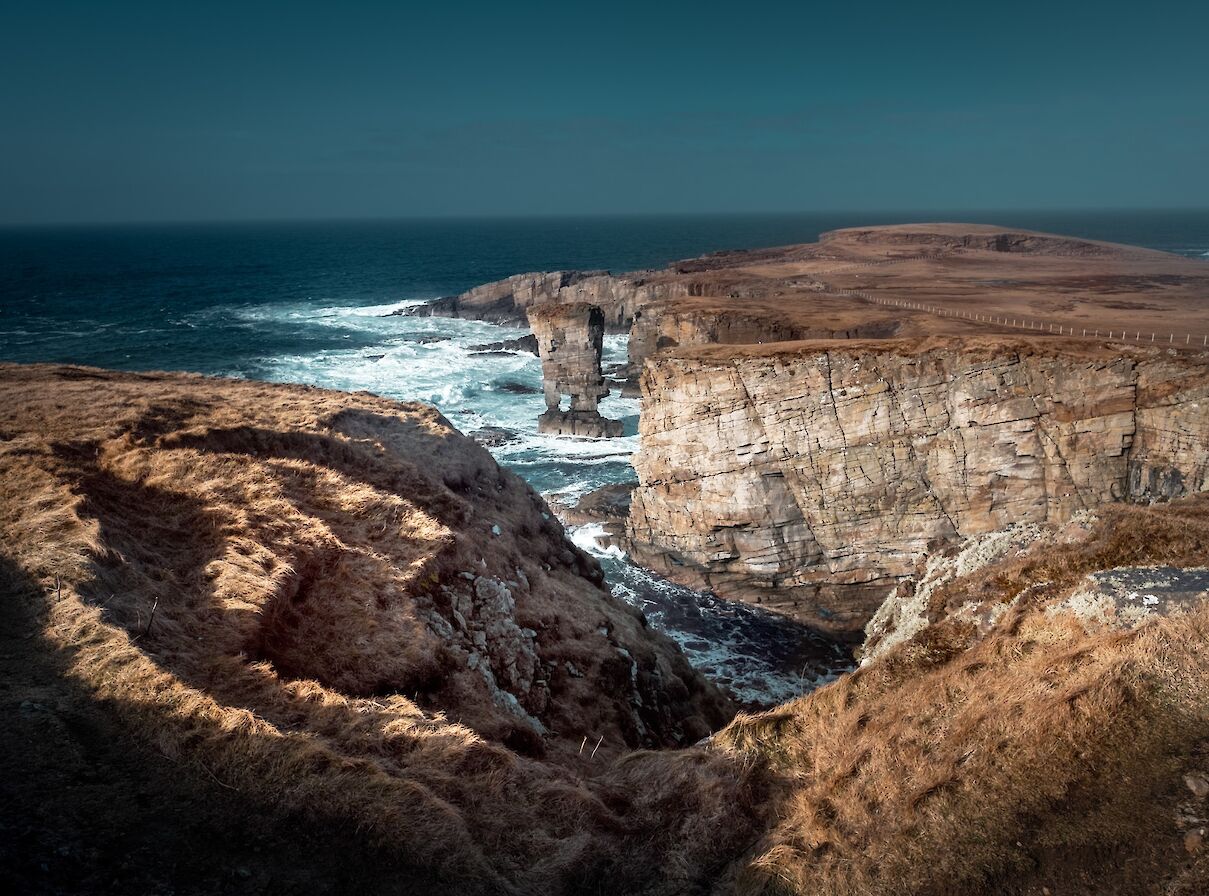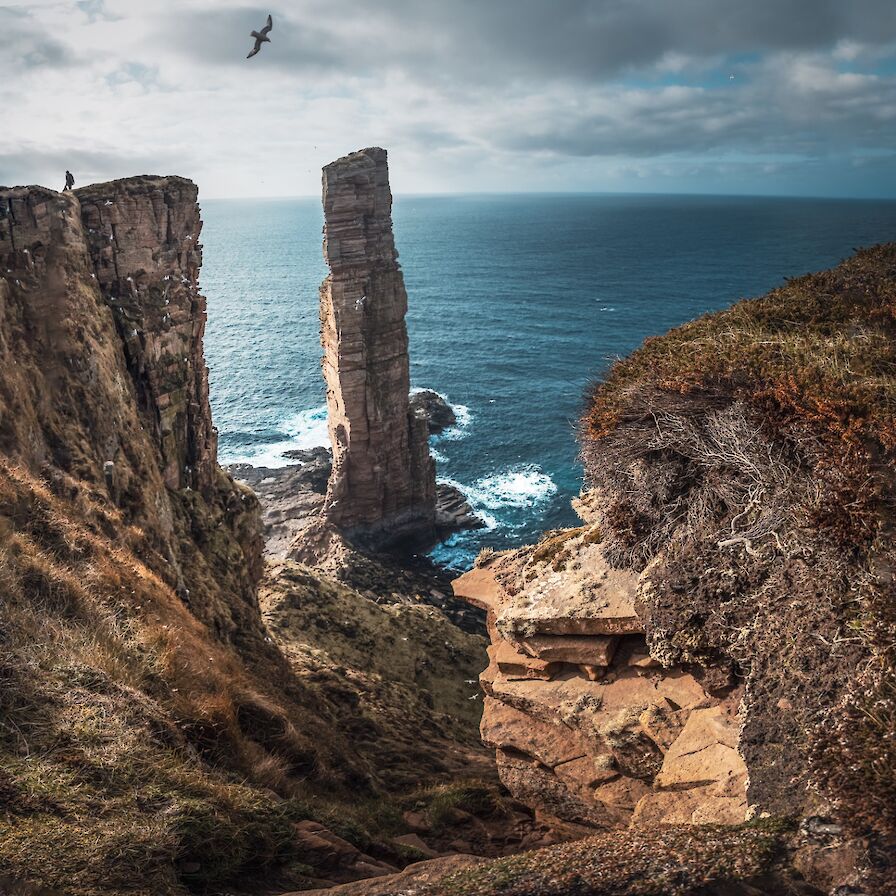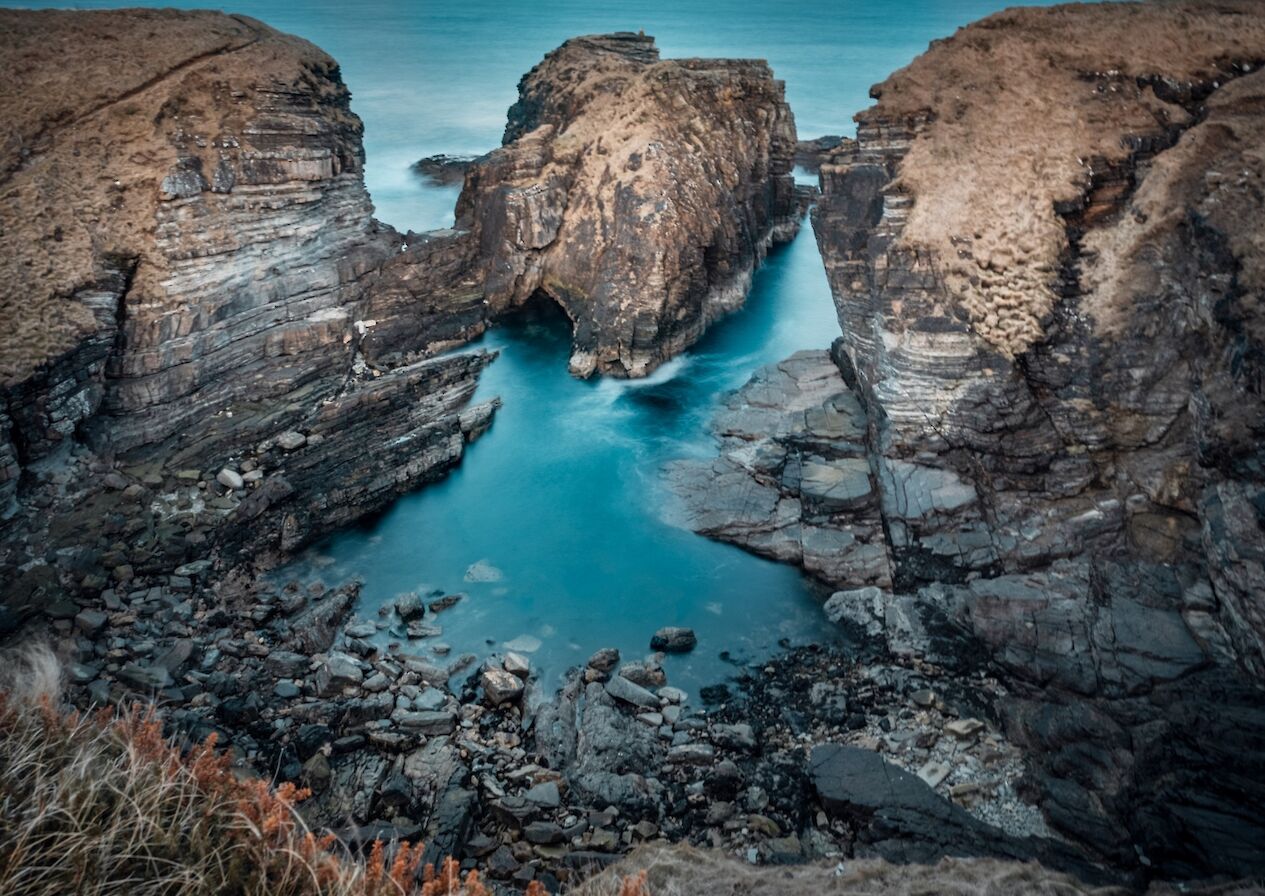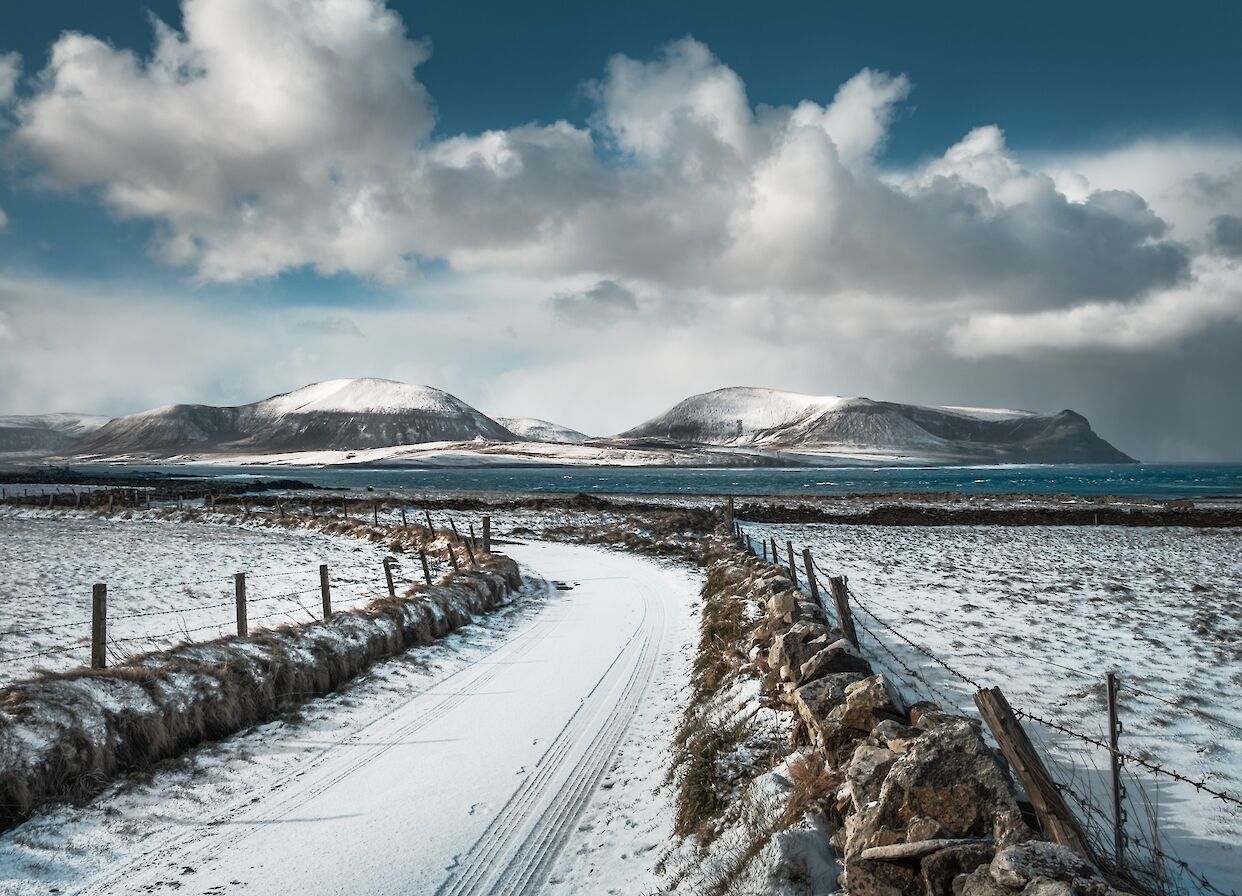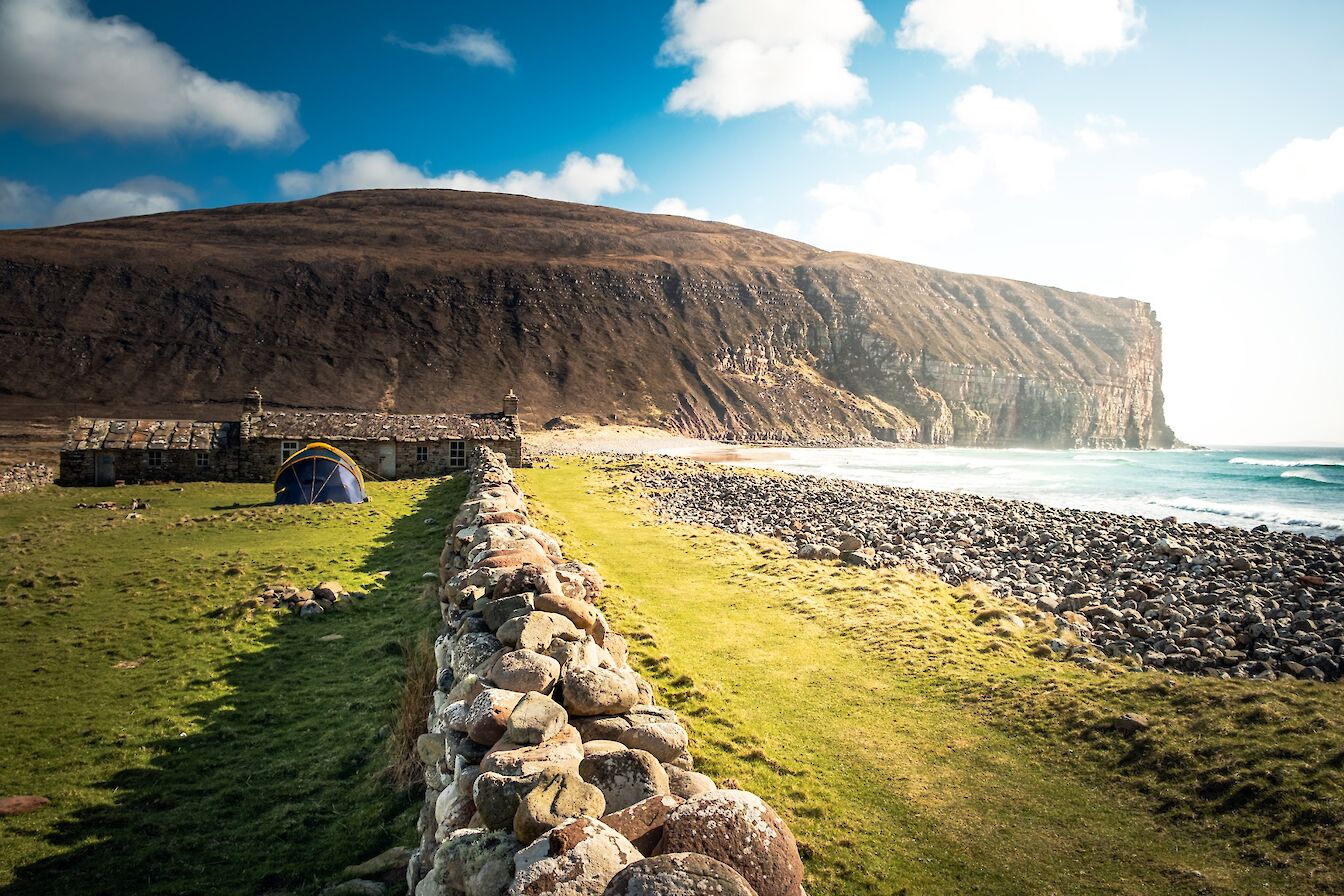Hello and welcome to the May 2021 Newsletter from Orkney.com.
We’ve been enjoying a spectacularly sunny spring so far here in the islands and we’re keeping our fingers crossed it continues.
As many of you will know, non-essential travel to and from Orkney is permitted again and we’re looking forward to welcoming visitors once more. There are still restrictions in place as part of the Scottish Government’s protection levels system, so if you’re planning a trip to the islands, please check our COVID-19 section for all the latest information and follow us on social media for advice, guidance and some visitor ideas and inspiration.
In the meantime, we hope you enjoy our latest update on life in Orkney.
Latest news
Take a test before you travel
 Folk in Orkney have worked hard over the past year to keep levels of coronavirus in the islands to a minimum, and hopefully visitors will also do all they can to limit any potential spread of the virus. The Scottish Government has advised anyone planning to head to the islands to take two rapid lateral flow tests before they travel – one three days before leaving and another on the day of departure. There is no official requirement to take the tests, but it’s hoped visitors will take advantage of the free packs for an added layer of protection before travelling.
Folk in Orkney have worked hard over the past year to keep levels of coronavirus in the islands to a minimum, and hopefully visitors will also do all they can to limit any potential spread of the virus. The Scottish Government has advised anyone planning to head to the islands to take two rapid lateral flow tests before they travel – one three days before leaving and another on the day of departure. There is no official requirement to take the tests, but it’s hoped visitors will take advantage of the free packs for an added layer of protection before travelling.
Be responsible travellers
 We're looking forward to welcoming visitors back to Orkney after what has been a long and challenging few months for everybody. Our local shops, services and attractions have all worked so hard to make customers feel safe, and of course our natural attractions are as welcoming and wonderful as always. When you’re exploring our coastline and countryside, please enjoy it responsibility. Check out our guide to responsible travel in Orkney this year.
We're looking forward to welcoming visitors back to Orkney after what has been a long and challenging few months for everybody. Our local shops, services and attractions have all worked so hard to make customers feel safe, and of course our natural attractions are as welcoming and wonderful as always. When you’re exploring our coastline and countryside, please enjoy it responsibility. Check out our guide to responsible travel in Orkney this year.
Successful launch for pioneering tidal turbine
 The world’s most powerful tidal turbine has arrived in Orkney. Orbital Marine Power Ltd.’s 2MW device, the Orbital O2, could generate enough clean, predictable electricity to meet the demand of around 2000 UK homes and offset approximately 2200 tonnes of CO2 production per year. The tidal turbine, which is 74m long and weighs 680-tonnes, was launched from the Port of Dundee last month and arrived in local waters a few days later. It will undergo commissioning before testing begins at the European Marine Energy Centre.
The world’s most powerful tidal turbine has arrived in Orkney. Orbital Marine Power Ltd.’s 2MW device, the Orbital O2, could generate enough clean, predictable electricity to meet the demand of around 2000 UK homes and offset approximately 2200 tonnes of CO2 production per year. The tidal turbine, which is 74m long and weighs 680-tonnes, was launched from the Port of Dundee last month and arrived in local waters a few days later. It will undergo commissioning before testing begins at the European Marine Energy Centre.
Bright future for craft vinegar company
 More TV exposure, a new line of products, major international trade orders and a move into bigger premises - 2021 is shaping up to be a busy year for the team at Orkney Craft Vinegar despite the challenges posed by the coronavirus pandemic. The company recently featured on Channel 4’s Food Unwrapped programme ahead of a move to a new permanent base in Stromness, which will allow production to be expanded and new products developed.
More TV exposure, a new line of products, major international trade orders and a move into bigger premises - 2021 is shaping up to be a busy year for the team at Orkney Craft Vinegar despite the challenges posed by the coronavirus pandemic. The company recently featured on Channel 4’s Food Unwrapped programme ahead of a move to a new permanent base in Stromness, which will allow production to be expanded and new products developed.
Come puffin-spotting in Orkney
 Orkney’s puffin population has started returning to the coastline across the islands. These colourful clowns of the cliffs will be chattering away at various locations in Orkney for the next few months, looking after their single eggs in their cliffside burrows. We’ve picked some of our favourite spots to catch a glimpse of them before they head back to sea in late July and August.
Orkney’s puffin population has started returning to the coastline across the islands. These colourful clowns of the cliffs will be chattering away at various locations in Orkney for the next few months, looking after their single eggs in their cliffside burrows. We’ve picked some of our favourite spots to catch a glimpse of them before they head back to sea in late July and August.
Join us on Instagram
 Join us on Instagram where we post plenty of stunning shots from the islands. Make sure you follow Visit Orkney to see new images every week, and you can take part too. Tag your own images and use #VisitOrkney and #LoveOrkney to keep in touch.
Join us on Instagram where we post plenty of stunning shots from the islands. Make sure you follow Visit Orkney to see new images every week, and you can take part too. Tag your own images and use #VisitOrkney and #LoveOrkney to keep in touch.
Wild Orkney
Join local wildlife filmmaker Raymond Besant to uncover some of the secrets of photographing seabirds in Orkney during the spring and summer months.
May is a bit of a messy month when it comes to birds. Some, like the sand martins that nest in the holes of eroded sandy banks, are newly arrived from Africa. Other African visitors were here when there was still snow on the ground - I felt truly sorry for a male wheatear being blasted by thick snowflakes at Scapa beach during April.
Nature isn’t tidy and there is much overlap in birds which have arrived here in order to breed and those still waiting to leave in order to breed in Iceland or Greenland. The plumage of birds we have been used to seeing through the winter is changing fast. Waders such as sanderling, purple sandpiper and the beautiful, yodeling, long-tailed ducks all come into that category. In the case of the male long-tailed duck, he almost does a complete reversal of colour.
Amongst all this coming and going is a common seabird that might have gone somewhat unnoticed through the winter months, but is now absolutely at its best in terms of its plumage, the shag.
On the face of it, it is rather similar to its cousin, the cormorant, but there are enough good markers at this time of year to tell them apart easily. On a very general level, the shag is much more common around Orkney, but it’s also very much a bird of the coast. If you see what you think might be a shag or cormorant on the Harray Loch for instance, then the likelihood is it’s a cormorant which readily frequents freshwater environments in Orkney. Also, whilst a shag is still essentially a dark-looking bird, an adult cormorant at this time of year is a rather black colour, sporting a white patch on its face and flank. Shags lack either of these.
Normally, I tend to recommend (and like) photographing in softer light, like the kind found at the beginning and end of the day. But, as we head towards summer, sunrise is now already nearly 5.30am. Whilst my lambing friends think nothing of this hour, I am more of a night owl. I love the early morning, but I am not good at it!
But, for viewing and photographing shags, I purposely recommend going out in bright conditions - even very bright conditions. This elevates the dark plumage of the shag into something rather special - a beautiful, intense, bottle-green colour. The arrangement of the feathers on its wings when tucked in makes it look rather scaly, which is part of the reason shags and cormorants are often described as ‘reptilian’ looking.
Add in the bright yellow gape, emerald eyes and cocky looking crest, and the shag is a beautiful looking bird. Right now, many birds are on eggs, nest-building having already begun perhaps as early as February. They like to nest in sea caves so you might hear some eerie guttural noise coming from the darkness below your feet. Think of it as a treat - the shag is a quiet bird through much of the year. On more open ledges in geos, you’ll see a big jumble of a nest, primarily made from seaweed. Shags aren’t beyond a bit of theft in their pursuit of the perfect nest. If two birds have nested reasonably close together and one has left to go fishing, you can bet its nest is a touch smaller when it returns.
You’re likely to encounter one on any coastal walk in Orkney and I love photographing them. With any seabird or seabird colony, one difficulty is getting to eye level in order to photograph it. For instance, the massive cliffs at Marwick Head, alive with the sounds of guillemots, are a real spectacle but you are very much looking down on the birds at a distance. It’s better to choose the smaller cliffs found on other parts of the coast, such as South Ronaldsay (Burwick has several nice nests where you can sit on the cliffs opposite and watch the birds) or Tankerness.
Safety is paramount on the cliffs of course - for yourself but also remember to take the welfare of your ‘subject’ into consideration. Signs of stress in birds and animals is often quite subtle but the shag will definitely let you know if it feels threatened, though generally this happens when it has chicks later in the summer. If it opens its bill, displaying the bright yellow inside, shakes its head back and forth and makes a short guttural noise, then the message is clear, back off.
There is a technique I like to employ when photographing not only shags but also kittiwakes and it’s very much a case of black and white photography - the one constant is the background which must be dark, or preferably black. The dark shag looks dramatic against a black background and the crisp white kittiwake stands out even more. You too can easily get great photographs of this - you just need the right conditions (easy, eh?!) and a few tricks to fool your camera into making the ‘right’ exposure.
Let’s tackle the background first of all. This works best on a bright, cloudless day. Whilst we need the sun to create harsh, bright conditions, we don’t actually want the background to be lit and we’d prefer the cliff behind our subject to be in the shade. The bright conditions are important in creating a big exposure difference between subject and background, so, we want the sun to illuminate the subject and not the background.
‘But’, I hear you say, and you’re quite right, ‘the kittiwake is a bright white bird and the shag is a dark bird, how can you employ the same technique and the same theory to exposing correctly vastly different birds?’ The same technique lies in fooling your camera into exposing the scene how you want it.
We’ll use the kittiwake as an example of what happens when you leave the camera to work out the scene by itself. This only really works with kittiwakes in flight, which is a challenge in itself. Put your camera on continuous AF to give yourself the best chance of getting the bird in focus.
I would encourage you to make the exposure ‘mistake’ in practice and work from there until you get the desired effect. Most people leave their camera’s metering system in the default position, which is usually some kind of complex matrix mode. Essentially for this white bird we are exposing for the white and not the background. Matrix mode meters for the scene by taking an average reading and applying what it thinks the right exposure is for the scene. In this instance, with an overwhelmingly dark scene, the meter and so the camera will try to even out the scene, badly overexposing your image. The background will be much lighter than you want it to be, quite possibly noisy/grainy, and the bird will be horribly white and overexposed.
What we want is a fast shutter speed to render the bird frozen and sharp (assuming this is what you want), with the added bonus of making the background darker.
Perhaps counterintuitively on a bright day, I would keep a high ISO, perhaps 1000-1600. Let’s say we started with our settings at ISO 1000 and a f-stop of f9 and a shutter speed of 1/250th sec. You’ve taken the picture and the kittiwake is overexposed. Now you have a base to work from. Come out of shutter or aperture priority, or even auto mode and dial it to ‘M’. I sometimes see people bite their lip a little at the mention of manual mode but there really is nothing to be scared of!
What I would do here to begin with anyway is leave my f-stop alone and choose a faster shutter speed, thus letting less light into the scene - say 1/500th of a sec. Getting there? If it’s still overexposed, keep going to 1/1000th of a second. Making mistakes is a perfect way of getting things right.
The same principle applies to the shag, though it’s a little more subtle in terms of technique. In an almost entirely black scene, you will want to open up your aperture more in order to get a faster shutter, but again, experimentation is the order of the day. Another technique is to use your exposure compensation button whilst in aperture priority mode. We are using the minus dial to purposefully underexpose but this tends to be used more for fine adjustments rather than the sledgehammer-type exposure technique we are using here.
Try shooting the kittiwakes handheld, it’s much easier to do this than being attached to a tripod. Use a tripod when photographing the shags as camera shake is more of an issue in this darker scene - a steady base will give you a better chance of success.
Finally, enjoy the birds and be safe on those cliffs!
Find out more about Raymond’s work via his official website. You can also find him on Facebook, Twitter and Instagram.
His new book, 'Naturally Orkney Volume 2' is out now, focusing on Orkney's coastline and all the sights and species that can be found there. You can order your copy online.
Focus on photography
Our featured photographer of the month is Alyona Naberezhnykh, a relative newcomer to Orkney, but someone who has already found her favourite photography locations.
Photography has been a big part of my life for some time now - it goes hand in hand with my other passions, travelling and hiking. I moved to Orkney with my partner last summer for research work and although it has been a little strange due to Covid, I have really loved being here. We are both into photography and love venturing out whenever we get a chance and seeing what beautiful sights we will come across.
I use the Fuji X-T2, which I got a while ago, and I love it because it’s compact and is easy to bring on our adventures. My favourite thing to do is to try capture the moods of a landscape, and like the weather here, the mood is constantly changing. This means I can go to the same places time and again but see something very different in my photographs.
For me, the nicest thing about photography is it encourages you to go outside and explore, no matter the weather. It forces you to really ‘see’ the place and all the subtle things.
Orkney has a certain understated beauty about it, but it’s also unexpected. Everywhere you go you are always rewarded with a surprise, like a shipwreck, ancient ruins, magnificent examples of coastal erosion, birds or sea life. You really don’t have to look too hard to find amazing things to photograph.
It’s hard to choose a favourite place, but Hoy is probably up there. It’s just so picturesque from every angle and some of the cliffs truly take your breath away. I love how the distinctive Hoy hills dominate the horizon, and the views from the top down onto the islands is equally rewarding.
See more of Alyona’s work on Instagram and via her website.
And finally...
Thank you for taking the time to read our latest newsletter. Remember, if you’re planning to visit the islands this year, take a look at our COVID-19 section to make sure you’re up-to-date with all the latest news and advice.
We’re always keen to hear from you too - share your news, views and comments on the newsletter, Orkney.com and your Orkney experiences with us on Facebook, Twitter, Instagram or E-mail.
In the meantime, it's cheerio from Orkney for now.
